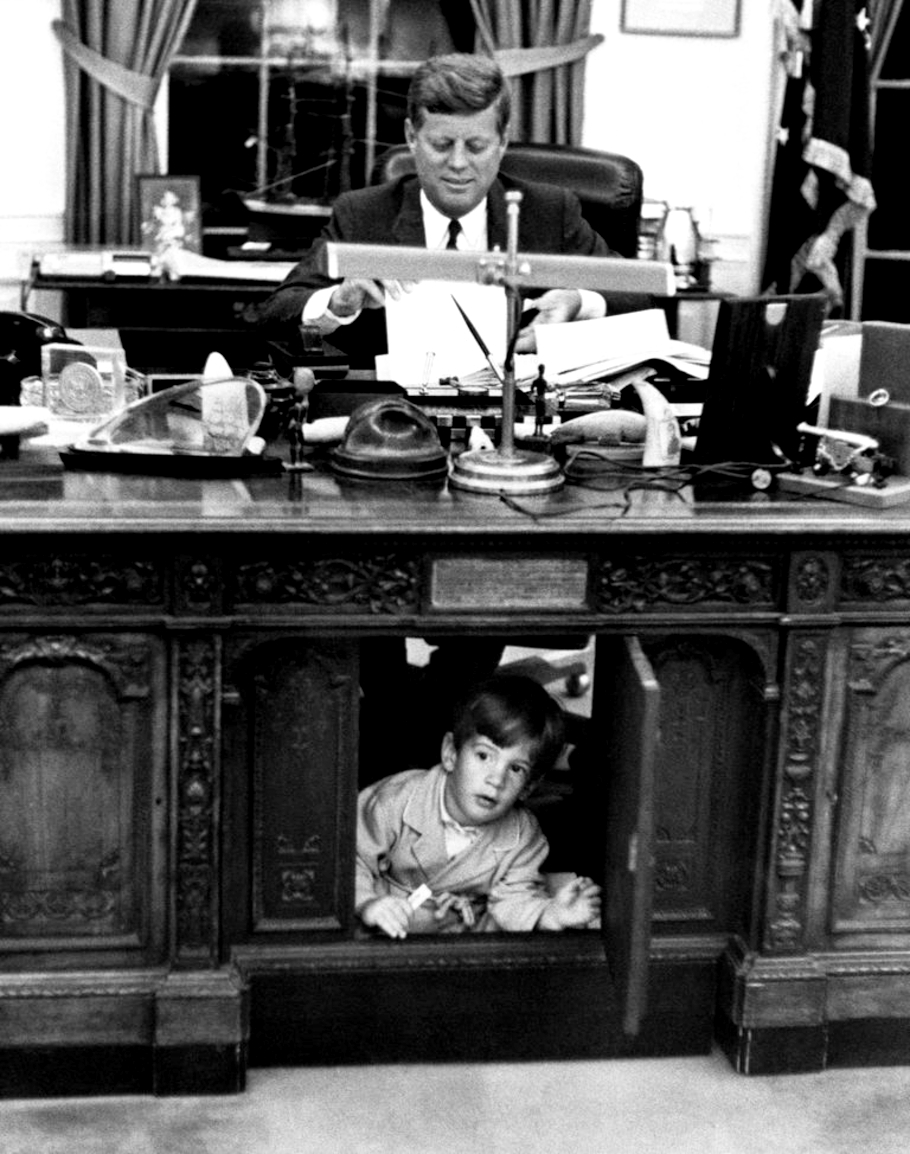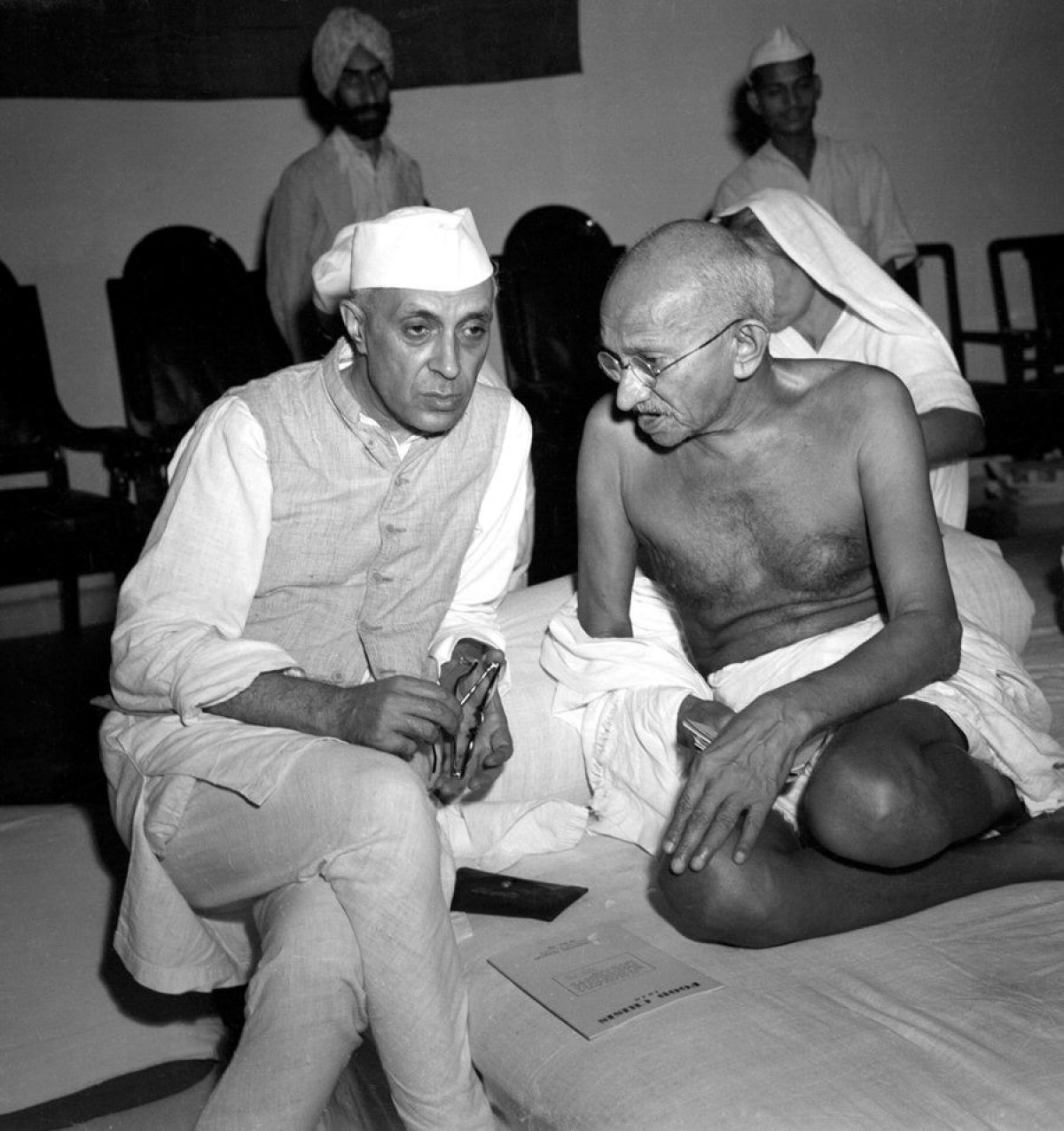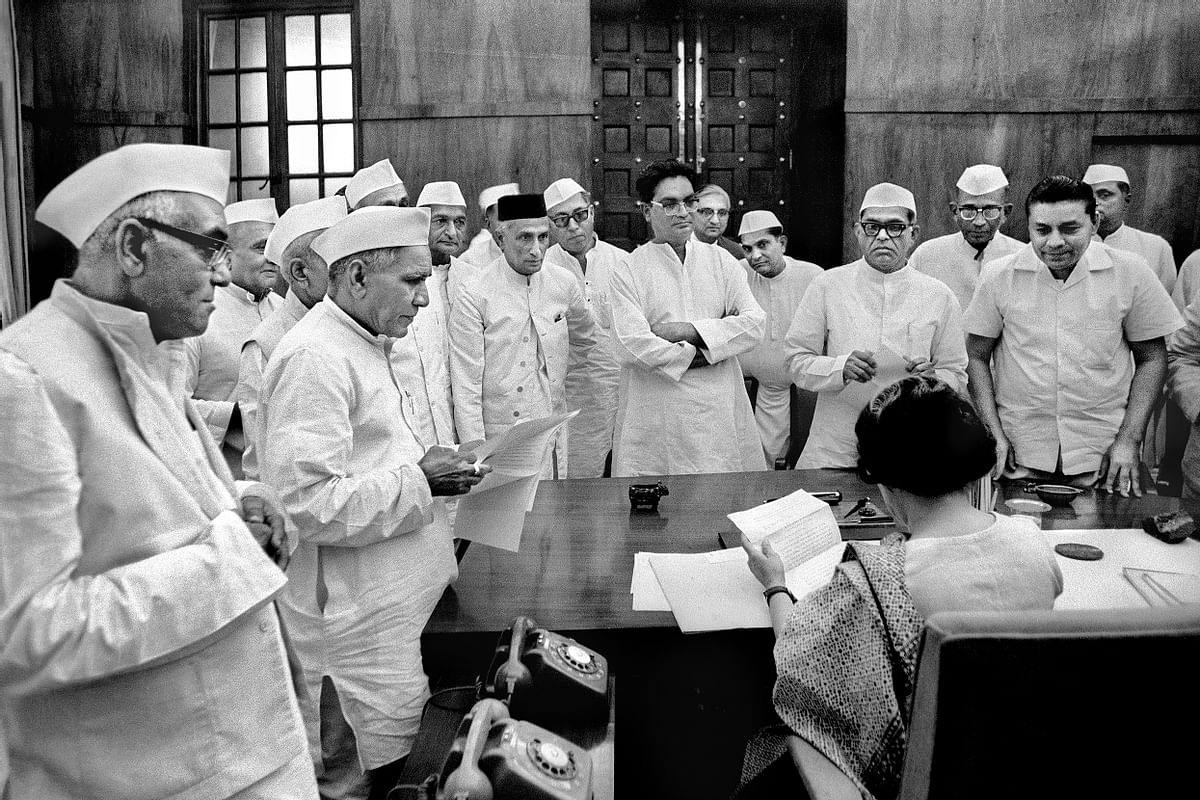
- Home
- News
- Analysis
- States
- Perspective
- Videos
- Education
- Entertainment
- Elections
- World Cup 2023
- Features
- Health
- Budget 2024-25
- Business
- Series
- NEET TANGLE
- Economy Series
- Earth Day
- Kashmir’s Frozen Turbulence
- India@75
- The legend of Ramjanmabhoomi
- Liberalisation@30
- How to tame a dragon
- Celebrating biodiversity
- Farm Matters
- 50 days of solitude
- Bringing Migrants Home
- Budget 2020
- Jharkhand Votes
- The Federal Investigates
- The Federal Impact
- Vanishing Sand
- Gandhi @ 150
- Andhra Today
- Field report
- Operation Gulmarg
- Pandemic @1 Mn in India
- The Federal Year-End
- The Zero Year
- Premium
- Science
- Brand studio
- Home
- NewsNews
- Analysis
- StatesStates
- PerspectivePerspective
- VideosVideos
- Entertainment
- ElectionsElections
- Sports
- Loading...
Sports - Features
- Budget 2024-25
- BusinessBusiness
- Premium
- Loading...
Premium
'Mor' than meets the eye: The making of the Modi iconography
When the carefully choreographed pictures of Prime Minister Modi feeding peacocks and geese at his official residence were released last week, it was greeted with the usual hoopla.

When the carefully choreographed pictures of Prime Minister Narendra Modi feeding peacocks and geese in the manicured lawns of the official residence of the PM were released last week, it was greeted with the usual hoopla — legions of his fans hailed their hero and his near-mythic status, which is sought to be reinforced by these images, and on the other side, all these images were held up...
When the carefully choreographed pictures of Prime Minister Narendra Modi feeding peacocks and geese in the manicured lawns of the official residence of the PM were released last week, it was greeted with the usual hoopla — legions of his fans hailed their hero and his near-mythic status, which is sought to be reinforced by these images, and on the other side, all these images were held up to ridicule by the liberal cosmopolitan crowd for whom such attempts are crass and tacky and the timing awfully wrong.
The notion of the Prime Minister sitting in a sort of urban idyll reading a newspaper while his Apple Mac awaits his attention is sought to convey an image of a man on top of the game, cool and collected.
भोर भयो, बिन शोर,
मन मोर, भयो विभोर,
रग-रग है रंगा, नीला भूरा श्याम सुहाना,
मनमोहक, मोर निराला।रंग है, पर राग नहीं,
विराग का विश्वास यही,
न चाह, न वाह, न आह,
गूँजे घर-घर आज भी गान,
जिये तो मुरली के साथ
जाये तो मुरलीधर के ताज। pic.twitter.com/Dm0Ie9bMvF— Narendra Modi (@narendramodi) August 23, 2020
But to the discerning eye, it seemed to be contrived all the more because outside his deserted lawns, where he had shown his yoga skills a year back, his country was in turmoil, the economy was crashing, India was leading the COVID-19 numbers and losing out on the fiscal numbers, with no green shoots anywhere outside his lawn.
What emerges is a sort of imagined populism and bellicose nationalism that, like his manicured lawns, keeps everyone else out — a calculated coolness which sought to cut out the roiling dysfunction outside.
The two paperbacks kept half open next to him is meant to counter the allegation of the Modi regime’s boorish anti-intellectualism, but is far from convincing. No reader of books keeps a paperback like that, but image handlers think differently.
The sanitised image
The Modi-mor (peacock) pictures are part of an ongoing exercise of image building during which Modi has been presented in various set-scenarios as guru, mystic, curious wanderer (in China’s museum of terracotta warriors), physically superior (yoga pictures), and an intellectual in control.
All these take the PM out of the real world scenarios he has to handle — the pandemic, the riots, the deaths, the millions of migrants on the road to perdition etc. and place him in sanitised environs from where he never seems to descend to the outside world.

Doubly sanitised, once by security and the other by his art director and photographer, who have always remained anonymous, the pictures are at best an amateurish attempt at imposing a certain charisma.
Of course Modi is not alone in submitting himself to the strategies of image builders. Most presidents of democratic countries indulge in this exercise including the US and UK.
In the White House presidency, pictures like that of Kennedy in the Oval office with his son sitting under the table (which Barack Obama tried to replicate without much success) have no intention of showcasing anything superhuman. These are mostly intended to show the humane and vulnerable nature of the most powerful men on earth.
Trump, though, has tried various super-human postures, including holding the Bible outside the St John’s church during the Black Lives Matter protests. But everywhere, there was a link with the real world.
The carefully crafted images have its uses but its long term effect is uncertain. It serves the narcissist’s purpose but the make-believe attached to such images fade away. A few survive, like Nehru releasing pigeons, even though it was not staged. Whether Modi feeding peacocks will survive is doubtful considering how tacky the staging is.
In such pictures the question of credibility haunts us. The incident happened because the camera recorded it and the photographer witnessed it. Here the photographer will not tell us the true story of the image. The Modi images come with no captions since they were obviously staged.
“A PTI photographer got this picture of a peacock in Modi’s verandah” would have lent the image so much credibility. But staged images demand unquestioning belief from the viewer. That is its very purpose.

In search of immortality
Julia Margart Cameron, one of the early portraitists of the 19th century, is quoted as saying about a probable subject: “I hear she is beautiful. Bid her come and she shall be made immortal.”
The search for immortality is basic, more so in prime ministers and presidents who have one foot in the immortality chamber anyway. Even in such cases, the final stamp must come from the iconic photograph. That is Modi’s search. But has the manufacturing of Modi iconicity succeeded?
In the history of Indian photography, pictures of royals and prime ministers occupy the top shelf. The Gandhi, Nehru photographs stand out and are repeated year after year, season after season as if they pop out of national memory.
But those pictures are of momentous events, no one staged them and photographers had all the access they needed. In fact, Modi does the opposite: cutting himself off from momentous events instead of being right there.
Modi appears only in events he himself created. There is no accidental appearance nor any moment of spontaneous grandeur. Modi prefers instead the mediated reality.
“Not only were early nationalist pictures vested with the moral privilege of truth but they also presented a euphoric view of Independence,” writes Sabeena Gadihoke in her pictorial biography of Homai Vyarawalla.
In the case of the Modi pictures an imagined euphoric state of the PM is sought to be created when the reality of the time is just the opposite.
The Modi tenure so far has been characterized by the chasm between reality and his own sanitised existence and so he gives no media access having done away with the press conference too, an important marker of any evolving democracy.
According to Gadihoke, Nehru’s great visibility stemmed from the fact that he was a favourite of photographers and would readily perform for pictures and photo opportunities.
“He had a perfect figure. A personality who electrified the entire atmosphere when he entered. Somehow or other he never resented photographers around him and sometimes I noticed that he posed for pictures as if unconsciously,” Homai Vyarawalla who spent a long time literally in Nehru’s shadow is quoted as saying.
Indira Gandhi too gave enough access to photographers and she once asked Homai if she could come to take pictures of her birthday party for Rajiv which Homai did and for which Indira Gandhi later sent a cheque.
TS Satyan the great photographer from Mysore, remembered that all photographers in Delhi were invited for Indira Gandhi‘s birthday picture shots and the next day all papers would carry them.

Two pictures of Indira stand out among the many that have given her an iconic status. Indira Gandhi on elephant back going to Belchi, a remote Bihar village to get a first-hand version of atrocity against Dalits in 1977, and the second of an imperiously seated Indira surrounded by almost the entire cabinet standing around her rather cravenly, which Raghu Rai shot by entering her room through the back door. These two were stark realities with the moments frozen for us by astute photographers. These images let us understand the Prime Minister.
No such image will escape from the innards of the Modi era. History will be poorer for that.
(The writer is a senior journalist based in New Delhi)

